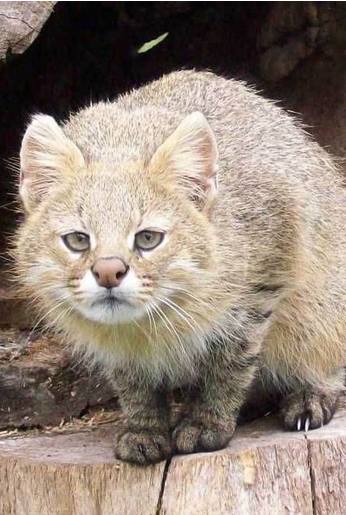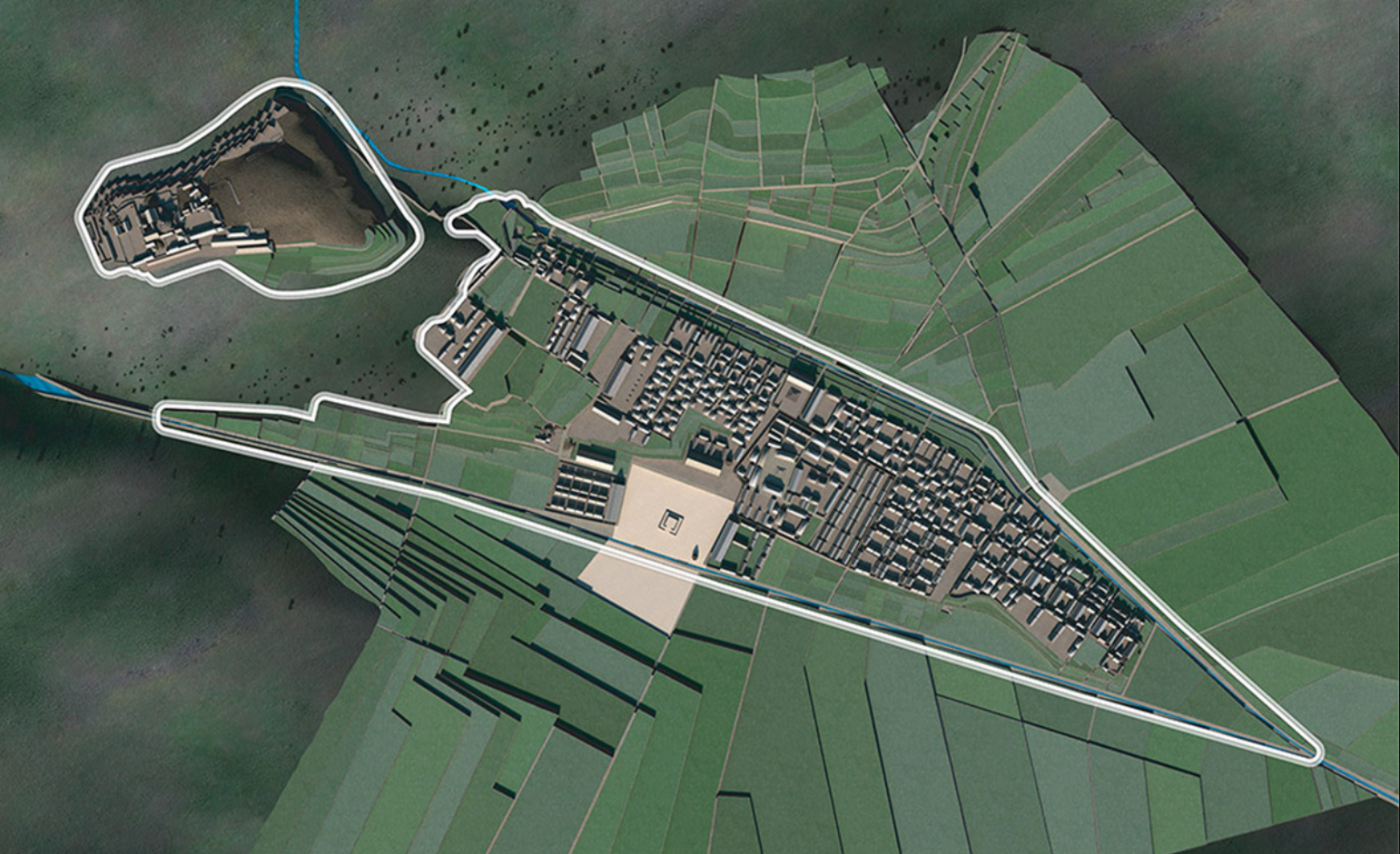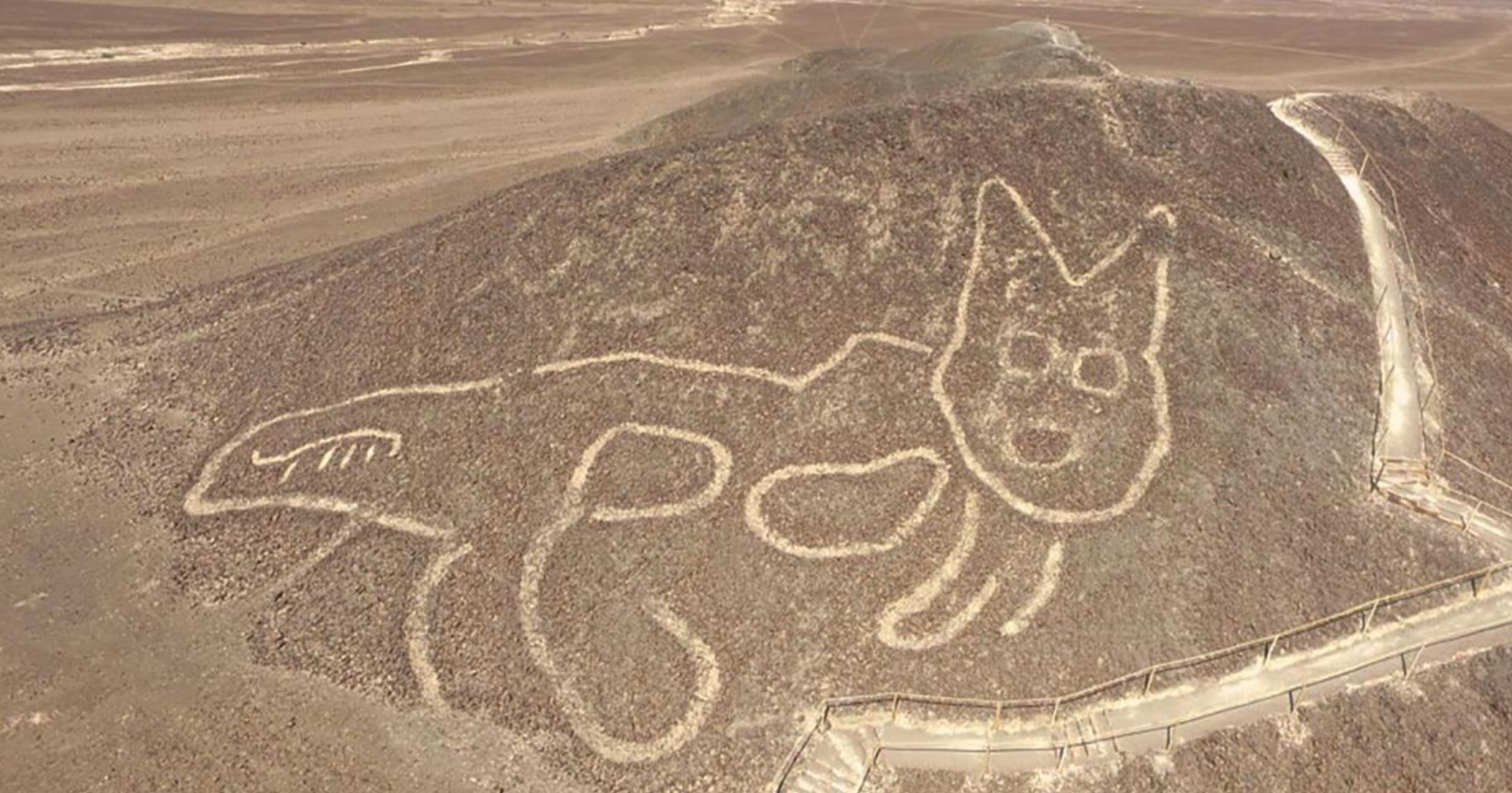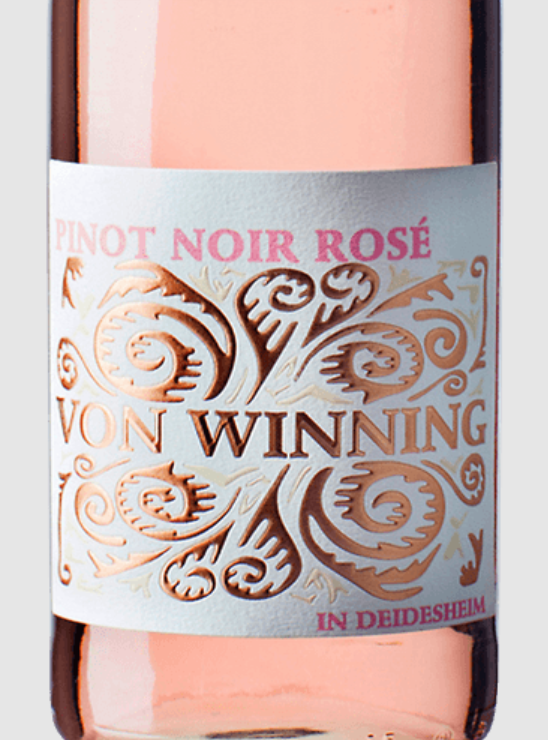Feb Wine Club - Love is in the Air: Pinot Noir and Cats
It is February and we’ll soon know whether Phil sees his shadow, or if Spring will come early. February is also all about love – whether for Val-, Pal-, or Gal- entine’s celebrations.
Pinot Noir
For some, Pinot Noir is a language of love. The wine has loyal – in some cases obsessive – adherents. Why? It is a grape that is difficult to grow and that produces very different wines depending on its soil and microclimate – not to mention the hand of the winemaker. Pinot Noir was the first (wine) love of Nick Baitzel - former Jet GM and current Sojourn COO. It is its versatility and diversity – the fact that “it really takes the concept of terroir to the extreme” – that Nick appreciates. He continues, “(b)ecause it can differ so vastly, it is great to drink year-round. You can drink a heavier, more tannic, oak-aged Burgundy or Willamette Valley Pinot in the winter-time.” Those of you who know Nick will be unsurprised to learn that he’ll “put a chill on it” in the warmer months.
The love extends to its flavors and characteristics in the glass. Well-made Pinot Noir has a great acid-balance and a lighter-bodied mouth feel that makes it a great drink across a whole meal. It can be referred to as “sensuous” for its silky structure and wonderful, earthy aromatics. They often have a beautiful, jewel-tone coloring that shimmers in the glass. Finally, it can be very age-worthy with flavors that change over time.
Its diversity means that it suggests different things to different people, of course. When I ask my husband, he agrees with its sensual nature; he likes the “funk”. It generally makes me think of winter in the mountains – pine needles, little red berries, cloves, and wood smoke.
Arguably, Burgundy is the most famous producer of fine Pinot Noir. But, the grape is grown around the world, including this month’s wines’ countries: Germany and Argentina. Between the two, its more usual home is in Germany; it isn’t often planted in Argentina.
So, how does this relate to cats?
Argentina has some of the world’s highest vineyards, placed on the slopes of what are some of the world’s tallest mountains. Tupungato, at nearly 21,560 feet, holds the highest-elevation winery in Argentina at 4500 ft. That winery is Zorzal, from which this month’s Argentine wine comes. Like many high mountains, Tupungato shows diversity of flora and fauna from its neighbors. For instance, the tuco-tuco (Ctenomys) is a rodent common to South America that readily speciates; Tuco-tucos of Tupungato have their own ancestral branch (clade). As can be expected where rodents are common, there are also cats. The Southern Pampas Cat, Leopardus pajeros, is found around Tupungato’s eastern slopes (and so is Zorzal!). They eat, among other things, tuco-tuco.
Leopardus pajeros
At 22,837 ft, the neighboring peak of Aconcagua is even taller than Tupungato. Mountains – especially those so close to the clouds – were viewed as sacred places by the Inca, whose 1st millennium AD empire at times included these mountains. On Aconcagua, a sacred burial of a 7-year old boy was found, dating to ca 1500 AD. The boy had been sacrificed and interred high up on the mountain with Incan textiles, statuettes, and other goods. Sacrifice and burial of “pure” children was a part of Incan rites, and the sacred shrines were typically placed at high altitude. Such vestiges of Incan culture are found along the ancient Inca roads that connected the vast empire, some still visible from Mendoza to Ecuador. At the center of this network of roads was the Incan capital of Cusco, a city said to be built in the effigy of a recumbent puma.
Image: https://americanindian.si.edu/inkaroad/img/inkauniverse/cusco/cusco-test-bkgrd.jpg
While that requires a little squinting, this image of a cat decidedly does not.
Image: AFP/Peruvian Ministry of Culture, from the Jakarta Post
Preceding the Inca Empire by more than a millennium, the Nazca culture predominated in Peru. The famous “Nazca Lines” in the Nazca desert include images of trees and flowers, fish, birds, mammals – and a human. This cat dates from early in the Nazca period, ca 200-100 BC. The images were not “drawn” as lines, as such, but rather formed by removing rocks, soil, and vegetation to create contrast. The images are large – the largest spans 1200 feet. The cat was a tenth of that size, about 120 feet.
This cat does not resemble a puma, so much as it resembles a house cat. Domesticated cats (Felis domesticus) were not known here at that time, but it does also resemble the Southern Pampas Cat, or its relative the ocelot.
While “domestic” cats first appear about 10000 years ago in the Middle East, they were not widely spread through Europe until roughly the same time the Nazca cat was created. They spread with people, plants, animals, and boats – including by Phoenician, Greek, and Roman traders. Cats helped expand Romans across Europe; the military brought cats to their garrisons to protect their food supply from pests, and trader kept them on ships. The Romans had garrisons along the Rhein, just east of Deidesheim – from where our German wine comes.
Their legacy in the region is cemented at the Katzinett - Katzenmuseum Ludwigshafen - Cat Museum in nearby Ludwigshafen. Though closed until Spring 2024, it warms my kitty-loving heart! Kitties in miniature! Kitties with hats! Basically, cats and more cats. No less purr-fect is the katze Kindergarten just south in Karlsruhe.
Image: Photos of Katzinett - Katzenmuseum Atlas Obscura, Presse.
Karlsruhe. DE, Ludwigshafen - Cat Museum, Trip Advisor
Overall, Germans have clearly taken to the little beasts. Currently, the World Cat Federation – an international association of cat clubs – is based in Germany though only 2 cat breeds originate in Germany: the German Longhair and the German Rex. Neither of these resemble Nazca-line cat images.
Are There Wines?
Yes, we do have wines. This month, as noted, we are featuring Pinot Noir.
Von Winning Pinot Noir Rosé 2020, Pfalz
Von Winning was established in the late 19th century in Deidesheim, in Germany’s Pfalz region. The vineyards are organically farmed, with sandstone, limestone, loess, and clay soils.
Their “winning” strategy is to “not do the wrong thing at the wrong time”. On that note, this is the right time for this wine; do not be afraid of a little age on rosé – especially one made with a grape that often ages well.
This rose is dry and acidic, with mineral and chalky texture. It is clean and bright with watermelon, rose petal, and white pepper notes. The mouth also has some herbs and Pinot Noir’s characteristic earthiness.
Zorzal Pinot Noir 2023, Tupungato
The Zorzal winery is the highest in Argentina, at 4500 ft. It was founded in 2007 by brothers Gerardo, Matias, and Juan Pablo Michelini. The soils on the slopes of Tupungato are sandy and chalky. Farming is organic.
Hand-harvested grapes undergo partial whole-cluster pressing, and fermentation is spontaneous.
The resulting wine feels rich and luscious in the mouth, with ample acidity for food. This is a “forest floor” Pinot Noir, with the addition of raspberry and currant, and notes of smokey game.








